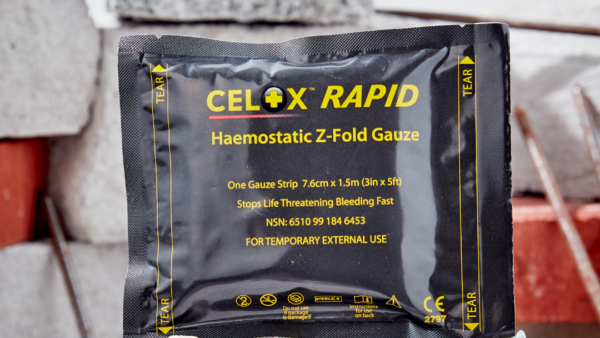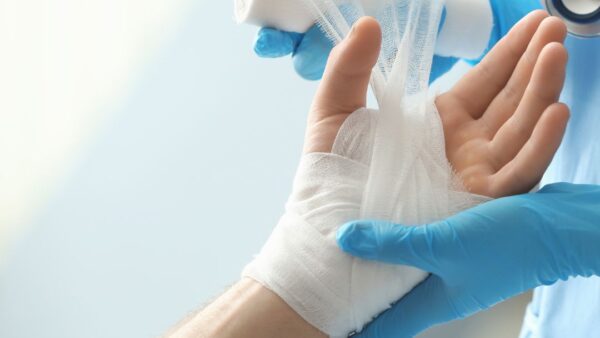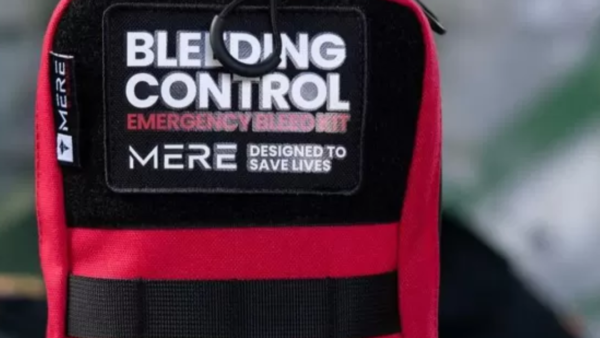Unveiling the Lifesaving Legacy: A Fascinating Journey Through the History of CPR Dolls

Introduction to CPR dolls
CPR dolls have played a crucial role in the history of medical training and emergency response. These dolls, also known as resuscitation manikins or mannequins, have been instrumental in teaching individuals the life-saving techniques of cardiopulmonary resuscitation. This article will take you on a captivating journey through the origins of CPR dolls, their evolution, and their significance in modern medical education and real-life emergency situations.
The Beginnings
The concept of using mannequins for medical training dates back centuries. However, it was not until the 1960s when the first CPR dolls specifically designed for resuscitation techniques were introduced. These early models were basic in design and functionality, often made of simple materials such as cloth and rubber. Despite their limitations, they provided a valuable tool for medical professionals and first responders to practice and refine their CPR skills.
Evolution Over the Years
As medical knowledge and technology advanced, so did the CPR dolls. In the 1980s, the introduction of more realistic manikins revolutionised CPR training. These new models featured anatomically correct structures and incorporated additional features such as realistic chest compressions, audible feedback, and even simulated breathing. These advancements allowed trainees to experience a more accurate representation of real-life emergency situations, enhancing their skills and confidence.
The importance of CPR Training and Practice CPR is a critical technique that can mean the difference between life and death in an emergency. These training manikins have proven to be invaluable tools in teaching individuals the proper techniques and protocols for performing CPR. By providing a realistic simulation of a human body, trainees can practice the necessary chest compressions, rescue breaths, and other life-saving manoeuvres. Regular practice with CPR dolls helps build muscle memory and ensures that individuals are prepared to respond effectively in high-pressure situations.
Advancements in CPR Doll Technology
With the rapid advancements in technology, the training manikin have become even more sophisticated and realistic. Modern CPR manikins now feature sensors that provide immediate feedback on the quality of CPR being performed. These sensors can measure factors such as compression depth, rate, and recoil, as well as the effectiveness of rescue breaths. Some advanced models even offer real-time monitoring and data analysis, allowing trainers to assess trainees’ performance accurately.
Different Types of CPR Dolls Available Today There is a wide range of CPR dolls available today, catering to various training needs and settings. Basic models are suitable for individual practice at home, while more advanced models are used in professional training settings such as hospitals, medical schools, and emergency response organisations. Some dolls are specifically designed for paediatric CPR training, providing a lifelike representation of a child’s body. These diverse options ensure that trainees can acquire the necessary skills for different age groups and scenarios.
CPR Doll Training Programs and Courses
CPR training programs and courses are essential for individuals from all walks of life, including medical professionals, caregivers, and members of the general public. These programs utilise CPR dolls extensively to provide hands-on practice and simulation exercises. Trainers guide participants through the proper techniques, emphasizing the importance of chest compressions, rescue breaths, and maintaining an optimal compression-to-ventilation ratio. CPR doll training programs are often available through community centres, healthcare organisations, and online platforms, making them accessible to a wide audience.
Medical Education and Research
CPR dolls have become integral to medical education, allowing students to gain practical experience in a controlled environment. Medical schools and nursing programs utilise CPR dolls to teach students the fundamentals of CPR and other life-saving techniques. These dolls serve as valuable tools during simulations, allowing students to practice their skills and make critical decisions in realistic scenarios. Furthermore, they are also utilised in medical research, helping researchers evaluate the effectiveness of new CPR techniques and devices.
CPR Dolls in Real-Life Emergency Situations
While CPR dolls are primarily utilised in training and educational settings, their impact extends to real-life emergency situations. The skills acquired through training with CPR dolls empower individuals to respond confidently and effectively when faced with a cardiac arrest or other life-threatening emergencies. They have proven to be instrumental in saving countless lives, as individuals who have received proper training are more likely to perform CPR correctly, increasing the chances of survival for the victims.
The Future and Their Impact on Saving Lives
The future of CPR dolls holds great promise for further advancements in technology and training methodologies. As medical knowledge continues to evolve, they will continue to play a vital role in ensuring that individuals are equipped with the necessary skills to save lives. The ongoing development of more realistic and sophisticated CPR dolls will enhance training effectiveness and provide even more accurate simulations. With each passing year, these lifelike manikins will contribute to the growing number of individuals trained in CPR, ultimately leading to a higher survival rate in emergency situations.
In conclusion, CPR dolls have indeed left a profound impact on the field of medical education and emergency response. From their humble beginnings to the advanced models of today, these dolls have been instrumental in training individuals to perform life-saving CPR techniques. Their future of is bright, and their ongoing evolution will continue to shape the way we prepare for and respond to emergencies. As technology progresses, we can expect the training manikins to become even more realistic and effective in simulating real-life scenarios. With their help, more lives can be saved, and communities can become better prepared to handle cardiac emergencies.






